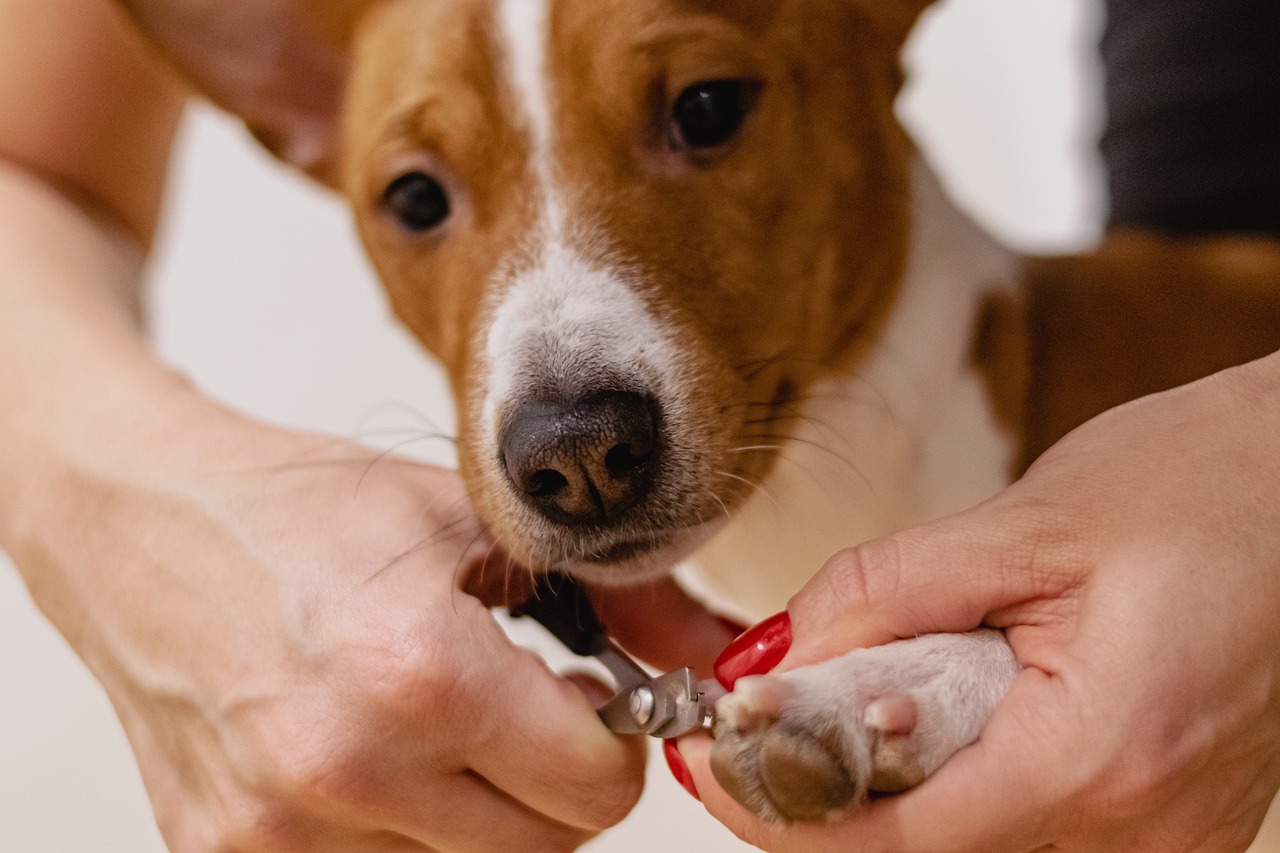Pet grooming is a crucial aspect of responsible pet care, contributing not only to your pet’s appearance but also to their overall health and well-being. While professional groomers provide valuable services, mastering the art of home grooming offers numerous benefits. In this comprehensive guide, we’ll explore different grooming procedures, the essential tools and materials needed, the basics of home grooming, and share tips and tricks to make the grooming experience enjoyable for both you and your furry friend.
Understanding the Basics of Pet Grooming
Before delving into specific grooming procedures, it’s essential to understand the basics of pet grooming. Grooming encompasses a range of activities, including brushing, bathing, nail trimming, ear cleaning, and dental care. Each of these tasks contributes to maintaining your pet’s hygiene and health.
Key Concepts:
- Regularity: Establish a grooming routine based on your pet’s needs and breed characteristics.
- Patience: Approach grooming with patience and a calm demeanor to create a positive experience for your pet.
- Observation: Take note of any changes in your pet’s skin, coat, or behavior during grooming sessions.
Essential Grooming Tools and Materials
Equipping yourself with the right tools is crucial for effective and stress-free home grooming. The specific tools you need depend on your pet’s breed, coat type, and grooming requirements.
Key Tools:
- Brushes and Combs: Different brushes cater to various coat types, including slicker brushes, bristle brushes, and shedding combs.
- Nail Clippers: Choose nail clippers appropriate for your pet’s size, opting for guillotine-style or scissor-style clippers.
- Shampoos and Conditioners: Select pet-friendly shampoos and conditioners suitable for your pet’s coat and skin type.
- Ear Cleaning Solution: Use a gentle ear cleaning solution to prevent ear infections and maintain ear hygiene.
- Toothbrush and Toothpaste: Promote dental health with a pet toothbrush and toothpaste.
- Clippers or Scissors: For pets requiring haircuts, invest in quality clippers or grooming scissors.
Grooming Procedures
a. Brushing:
- Procedure: Begin with a gentle brush to remove loose hair and mats. Use a comb to detangle and reach the undercoat.
- Benefits: Reduces shedding, prevents matting, and stimulates healthy skin.
b. Bathing:
- Procedure: Wet your pet thoroughly, apply pet-friendly shampoo, and rinse well. Use a conditioner if needed.
- Benefits: Cleanses the coat, removes dirt and odors, and promotes healthy skin.
c. Nail Trimming:
- Procedure: Use the appropriate nail clippers to trim the tips of the nails, avoiding the quick.
- Benefits: Prevents overgrown nails that can cause discomfort or affect your pet’s gait.
d. Ear Cleaning:
- Procedure: Apply an ear cleaning solution to a cotton ball and gently clean the visible part of the ear.
- Benefits: Reduces the risk of ear infections and maintains ear health.
e. Dental Care:
- Procedure: Brush your pet’s teeth using a pet toothbrush and toothpaste designed for animals.
- Benefits: Prevents dental issues and maintains fresh breath.
Tips and Tricks for Successful Home Grooming
a. Start Early and Gradual:
- Begin grooming sessions when your pet is young to acclimate them to the process gradually.
b. Use Positive Reinforcement:
- Reward your pet with treats, praise, or playtime during and after grooming sessions.
c. Be Mindful of Sensitivities:
- Pay attention to your pet’s reactions and be gentle, especially in sensitive areas like the ears and paws.
d. Regular Inspection:
- Use grooming sessions as an opportunity to inspect your pet’s skin, coat, eyes, and ears for any abnormalities.
e. Seek Professional Help When Needed:
- If you’re unsure about a particular grooming task or if your pet has special grooming needs, consult a professional groomer or veterinarian.
Dealing with Common Grooming Challenges
a. Matting:
- Prevent matting by regular brushing, especially in long-haired breeds. Use detangling sprays for stubborn mats.
b. Resistant Pets:
- If your pet is resistant to grooming, start with shorter sessions, use treats, and gradually increase the time.
c. Nail Trimming Anxiety:
- Desensitize your pet to nail trimming by touching their paws regularly and using positive reinforcement.
d. Bathing Dislikes:
- Make bath time enjoyable by using a non-slip mat, warm water, and rewarding your pet afterward.
e. Ear Sensitivity:
- Be gentle when cleaning ears, and if your pet shows signs of discomfort, consult a veterinarian.
Mastering the art of pet grooming at home is a rewarding endeavor that strengthens the bond between you and your furry companion. By understanding the basics of grooming, equipping yourself with the right tools, and incorporating positive reinforcement techniques, you can transform grooming into a positive and enjoyable experience for both you and your pet. Regular grooming not only enhances your pet’s appearance but also contributes to their overall health and well-being. Remember, each grooming session is an opportunity to care for and connect with your pet, fostering a happy and healthy life together.

